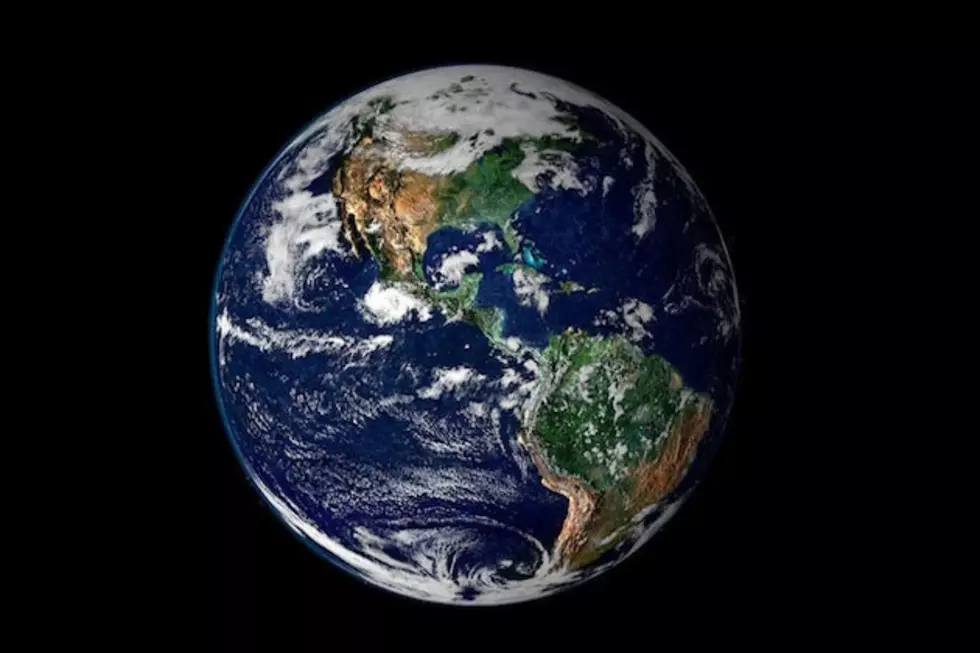
Attention Star Gazers: Meteor Shower Tonight
The first meteor shower of 2012 — the lesser known Quadrantid meteor shower — will light up the sky across North America when it peaks early Wednesday morning. Star gazers are in for a special treat.
While many meteor displays were washed out by a bright moon or clouds last year, the Quadrantid meteor shower is expected to put on a spectacular light show tonight, with no pesky moonlight or cloud cover to interfere.
The peak of the Quadrantids will occur at around 1 a.m. CST. NASA says people planning to stay up late or get up very early to see it could be treated to meteors at a rate of 100 or more per hour.
Luckily, the moon will set at around 2 a.m., which means as long as there are clear skies, conditions should be ripe for meteor watching into the pre-dawn hours.
Unlike the better known Perseid and Geminid meteor showers, the Quadrantids last only a few hours, so skywatchers have a narrower window of opportunity to spot them.
Meteor showers happen when Earth travels through debris left over from comets or asteroids. The Quadrantid meteors were first seen in 1825, and astronomers believe they're fragments of a comet that broke apart several centuries ago.
This meteor shower should be something to see here in the southwest, where the cold weather has cleared out the cloud cover leaving spectacular clear night skies.
The Quadrantid Shower is one of a dozen meteor showers that come to earth throughout the year. Here's the schedule.
Quadrantid - January
Lyrid - April
Eta Aquarid - May
Southern Delta Aquarid - July
Capricornid - July
Perseid - August
Andromedid - October
Draconid - October
Orionid - October
Taurid - November
Leonid - November
Geminid - December
Bet you didn't know there are that many meteor showers.
More From Newstalk 860





![NASA Drove a 747 Through Houston Last Night [WATCH]](http://townsquare.media/site/151/files/2014/05/152361646.jpg?w=980&q=75)



